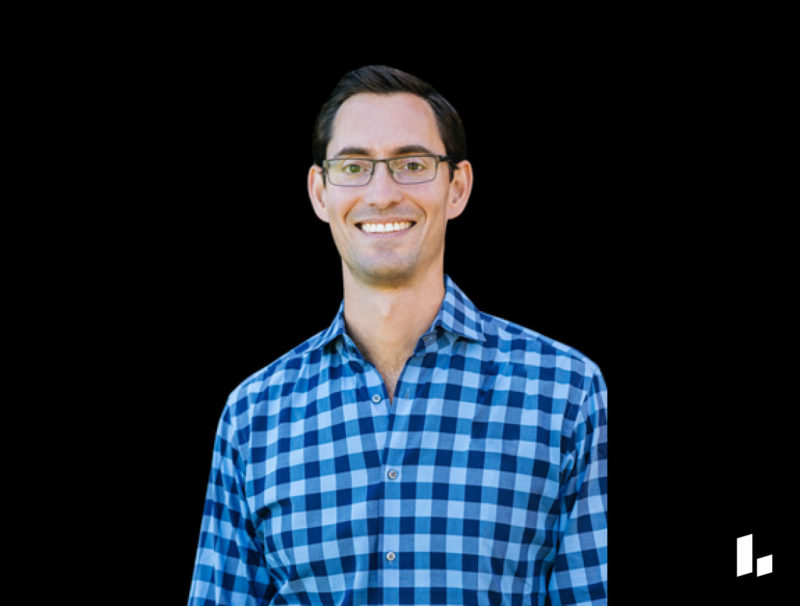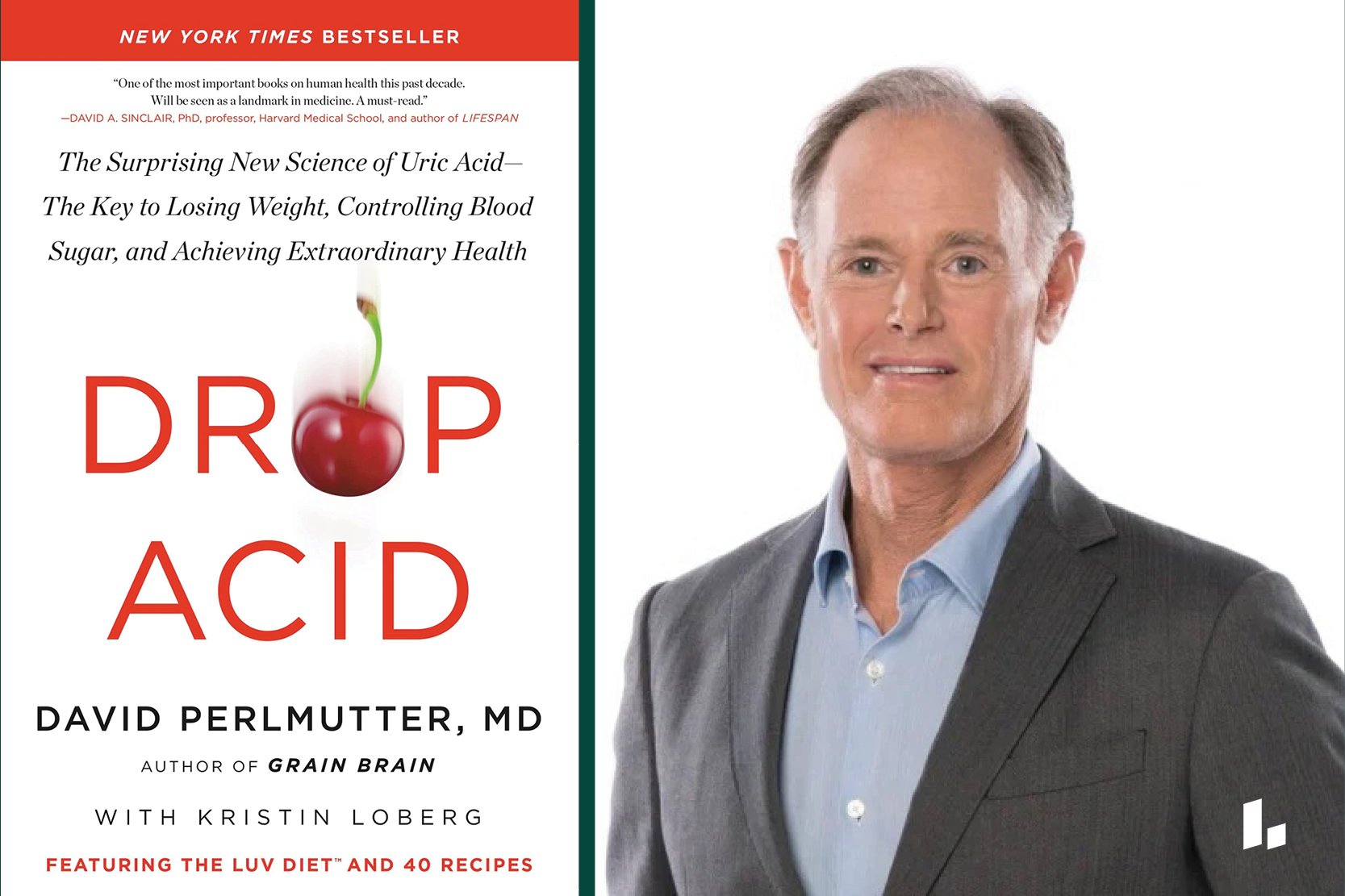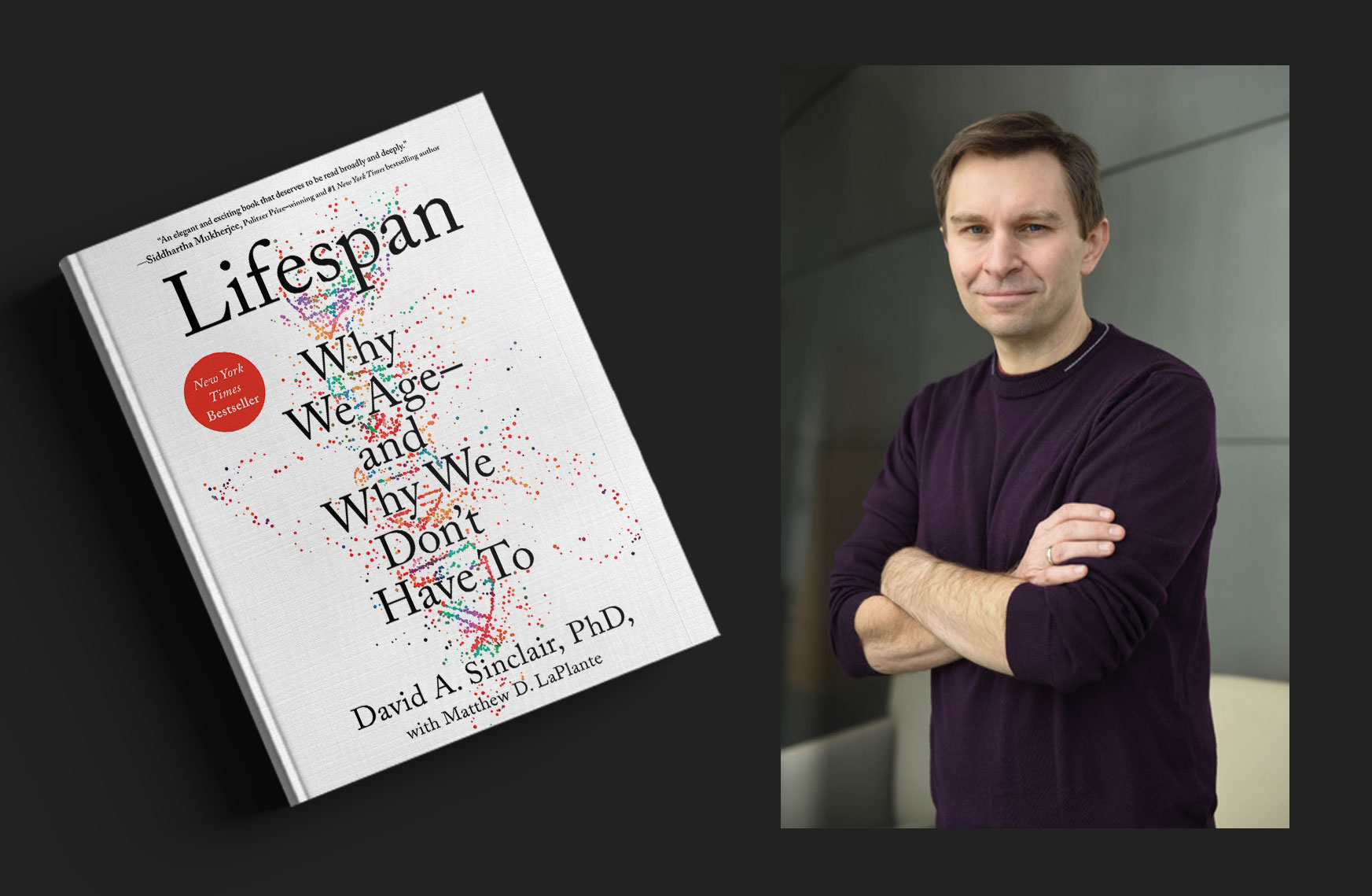If you want to make people healthier and enact change, you can’t give everyone the same advice—you have to gear it toward each person’s unique physiology. That’s the idea behind Fount, a company born out of work enhancing the performance of Navy SEALs. It now serves everyone from C-suite professionals and athletes to people looking to improve their fertility and age with strength.
Levels spoke with Andrew Herr, the founder and CEO of Fount. He holds three master’s degrees: One in health physics, another in microbiology and immunology, and the third in national security policy. He’s also been designated as a Mad Scientist by the U.S. Army. He talked to us about how Fount started, how they’re achieving scale, and the biomarkers they focus on to maximize health.
What lead you to found Fount?
When I was working for the military, we could do incredible things for a small number of elite operators. For 100s of Navy SEALs, you can use elite coaches, custom facilities, and individual care to optimize day-to-day and also identify unique solutions. For example, I was working on the best ways to fuel the body for an 8-hour dive mission.
Out of that work, I would speak at conferences where executives would come up to me and say, “Hey, I get it with the SEALs, but what should I be doing?” And the same highly tailored approach would get exceptional results for them.
But the question is: how do you go from special ops to 100,000 Army grunts or from working with the C-suite to the 50,000 people across the company? You quickly realize that expert coaches will not get you there. They are too expensive, and there are not enough of them. So, if you want to scale this massively, you have to start thinking about opportunities to build AI coaches or software that can help.
But one of the secrets of the health and wellness space is that the studies you would need to turn someone’s data directly into the “right” answer for them don’t exist because most research falls into one of two traps. Twenty- or fifty-person clinical trials make up the vast majority of studies, but those aren’t big enough to identify sub-groups and understand how they react differently. Then there are non-experimental studies that look at the population to see the correlation between what people say they do and their outcomes, but those fail to have enough granularity to explain what’s causing what.
We can solve this at a small scale by running people through their own experiments to find their optimal plan but to build a digital coach to guide you through this at a large scale, you’d need a new type of data set. Instead of one experiment per person in a typical clinical trial, you’d want dozens. Instead of 50 people, you’d want 5,000; instead of a few data points per person, you’d want hundreds or thousands.
The breakthrough came when I realized that the coaching business I’d built prior to Fount was already collecting this data! I’d been running these concierge programs for individuals where we were compiling data on 20+ experiments per person, with monthly bloodwork, weekly coaching check-ins, daily wearable data, and self-report. By founding a company to scale up this approach, we could not only help a lot more people in the concierge-style program, but we could also create the data set to build AI coaches and make available to millions of people what was once limited to small groups of people with significant resources.
What drove me to start Fount was that if you can collect this data, you can open up the future of health for everyone.
What are some of the specific experiments that might come up in a program?
Every experiment is driven by the client’s goals. Then we look at their data. While it can’t tell us everything, it can help us target where to go. Based on what we find, we then pick the tools most likely to help from across nutrition, supplements, cognitive tools like meditation and breathwork, sleep, light exposure, temperature, exercise, and recovery and design experiments using them. We have tens to hundreds of options for each, so we never run out of things to try for our clients!
After identifying the goal, how might you run one of these individualized experiments?
Let’s take the case of someone who has low energy. We have a sleep wearable on everyone. We might notice their sleep data doesn’t look good and think that sleep might be a significant driver of their low energy levels. We’ll look at experiments that optimize their sleep. Maybe they mentioned they wake up at night and are warm. So, we might get something like an Eight Sleep to help cool them down. If that’s not enough, they might take glycine, an amino acid that increases peripheral blood flow, possibly allowing the body to release heat faster. Or maybe they find that temperature changes don’t affect them much, and we need to shift more towards calming their nervous system down before bed through targeted breathwork.
And while we’re optimizing their sleep, we can also test things that mitigate the effects of suboptimal sleep and improve their energy quickly. The first-order effect of sleep restriction is an increase in inflammation. So, we think about the supplements or diet changes we can use to decrease that inflammation. That might be omega-3 fatty acids timed throughout the day, removing certain foods, or using cold plunges or sauna therapy to reduce the inflammatory load.
But let’s say that we’ve mitigated the global inflammatory effects and solved the sleep problem—and they’re still reporting dips in energy after breakfast and lunch. That may be a sign that there’s something in the diet that we need to solve. Maybe it’s a food sensitivity issue, and we need an elimination diet.
These experiments are all very highly contextually driven, based on a holistic reading of all of their labs, wearable data, and the things they’re telling us. Every intervention and every solution is driven by this unique context that each person brings to the table.
It must be challenging to say how much any individual intervention matters when so many confounding factors exist. How do you deal with that uncertainty?
We’ve found that nothing we use works for everybody. In fact, everything we use is bad for somebody in our population and usually in specific ways. For example, some people get GI side effects from taking long-chain omega-3 fatty acids and cannot have them at all.
The cool thing is that when you know what questions to ask somebody, they usually have some pretty intuitive sense of what’s going on in their body, even if they didn’t realize it before. Our initial intake interview is about an hour and a half, and people will learn things about themselves just by answering the questions.
So back to the question of knowing what’s working. The good news is that between the data we’re collecting, knowing in-depth how each intervention is most likely to affect a client if it’s helping or hurting, having the right questions to ask, and most importantly, sequencing the interventions one after another as experiments, we can usually tell what’s causing changes. If we threw a client everything at once, we wouldn’t be able to, but that’s the beauty of our experimental framework.
And when we find the optimal intervention for somebody, the effect size is typically pretty large. That also means if a client is unsure if something worked or maybe it barely works, we probably don’t want to continue it anyways since we want to give them as streamlined a program as possible! They’re busy people too.
That speaks to what Levels users see in their data. There are such individual glucose responses to a given food. How does Fount approach metabolic health?
Our clients care a lot about metabolic health—as they should. The pieces we use the most are the shapes of curves for blood sugar, insulin, and A1c, as well as all of the other factors that influence metabolic control. We can help people solve the dawn phenomenon (when people have episodes of hyperglycemia in the early morning) by focusing on their stress hormone responses. We also look at how inflammation plays a role in glucose control and test various diets for how they affect metabolic health.
Back to inflammation, this is an area I think is underappreciated and something I’m particularly interested in. When you can get someone back to a lower inflammatory state—through any number of tools, from fasting and cold plunge and sauna to diet changes, supplements, sleep optimization—we absolutely see smaller glucose spikes.
What gaps in our knowledge and research would you like to see resolved?
I think we’re close, but not there yet with the microbiome. Right now, researchers are sequencing at the species level for these different microbes. But there’s this fundamental component of how they function, rather than just what species they are. That’s important because often, we’re inferring that if you don’t have a lot of XYZ bacteria in your gut, you cannot make this short-chain fatty acid, for instance. In fact, you can have that species of bacteria but have the version that’s lost the pathway to make the short-chain fatty acid!
We want to know all of the functions the microbiome is performing—and if we can test for those functions. There was some fascinating work in this space funded by the military when I was there, and some academic labs are working on those questions. But it’s still super early and not commercially available yet.
How optimistic are you that you can take Fount’s interventions and move them to a broader population?
I’m incredibly confident in our path to building AI coaches that can handle 70% of the population. We’ve built the foundations to deliver incredible coaching programs that also collect the data we need, and we have a clear roadmap to get there.
And we’re already producing insights that we can make available more broadly sooner. For example, we can send 95% of the population anywhere in the world with minimal to no jet lag. That’s a product we call FlyKitt that combines supplements, diet, and light recommendations tailored through an algorithm we’ve developed. We’ve been selling it to Special Ops and pro sports teams and using it for our clients for the past couple of years, and it will be available publicly next month. We also see exciting results from a protocol to substantially mitigate or eliminate the physical symptoms of PMS. In our initial tests, it seems to help 90% of women through a protocol that shifts recommendations during the hormonal cycle and based on an individual’s specific needs, so we’re excited to productize that as well.
The current health system has failed. I spent a lot of time inside a big government bureaucracy, and it’s clear that we have to solve this problem from the outside. That’s why I’m so passionate about what we are doing at Fount and excited about the progress we’re making along with what you’re doing at Levels and other companies in the field. There’s so much room to help so many people!








